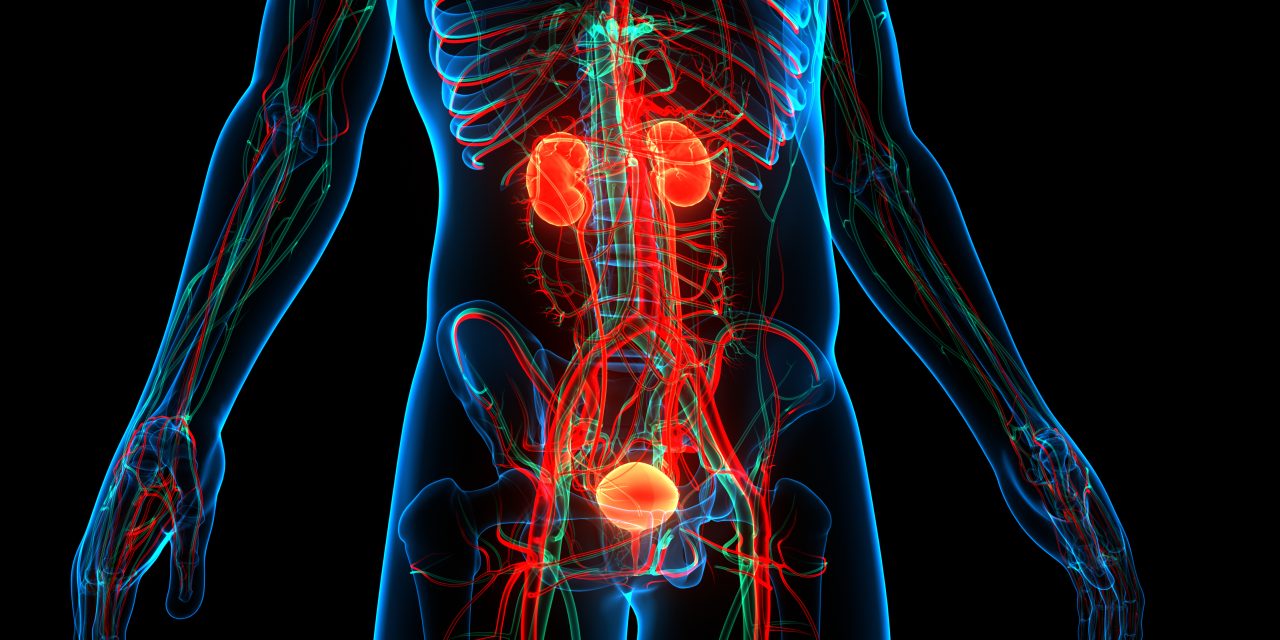As erectile dysfunction is more commonly being diagnosed and treated with a preexisting inflatable penile prosthesis (IPP) insertion at younger ages, surgeons will increasingly encounter pre-placed abdominal reservoirs when performing pelvic surgery.
A 69-year-old Caucasian man with BCG refractory carcinoma-in-situ (CIS) and past history of non-invasive high-grade urothelial carcinoma of the bladder was a candidate for a radical cystectomy and an ileal-neobladder diversion. He had a three-components IPP inserted for the treatment of Peyronie disease and organic erectile dysfunction (ED). During the radical cystectomy the reservoir was encapsulated on the left lateral pelvic wall over the external iliac vessels. It was isolated and IPP was inflated to reduce the reservoir size. After accurate disinfection, the reservoir was removed from Retzius space without disconnecting it from the pump. Then, the radical cystectomy was carried out without any intraoperative complications and Studer ileal orthotopic neobladder was performed. At the end of the surgery, the reservoir was disinfected with the Mulcahy protocol and then placed in the same position.
A week after catheter removal the IPP was successfully activated. The patient’s postoperative recovery was uneventful and no postoperative complication occurred. Definitive histological examination described a multifocal urothelial carcinoma of the bladder: pG3Tis N0 R0. The patient reports excellent functionality of the penile prosthesis and is currently using it.
Sexual functionality preservation in oncologic patients should be pursued when possible. In this report, the functionality of the IPP was preserved, while still performing oncologically radical procedures. A multicenter study is needed to assure more solid recommendations on this rare procedure that is surely burdened by a lot of risks.
Radical cystectomy and orthotopic neobladder in a patient with a preexisting three-components inflatable penile prosthesis.


